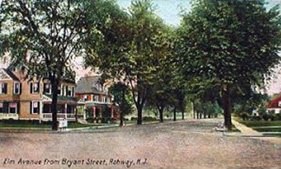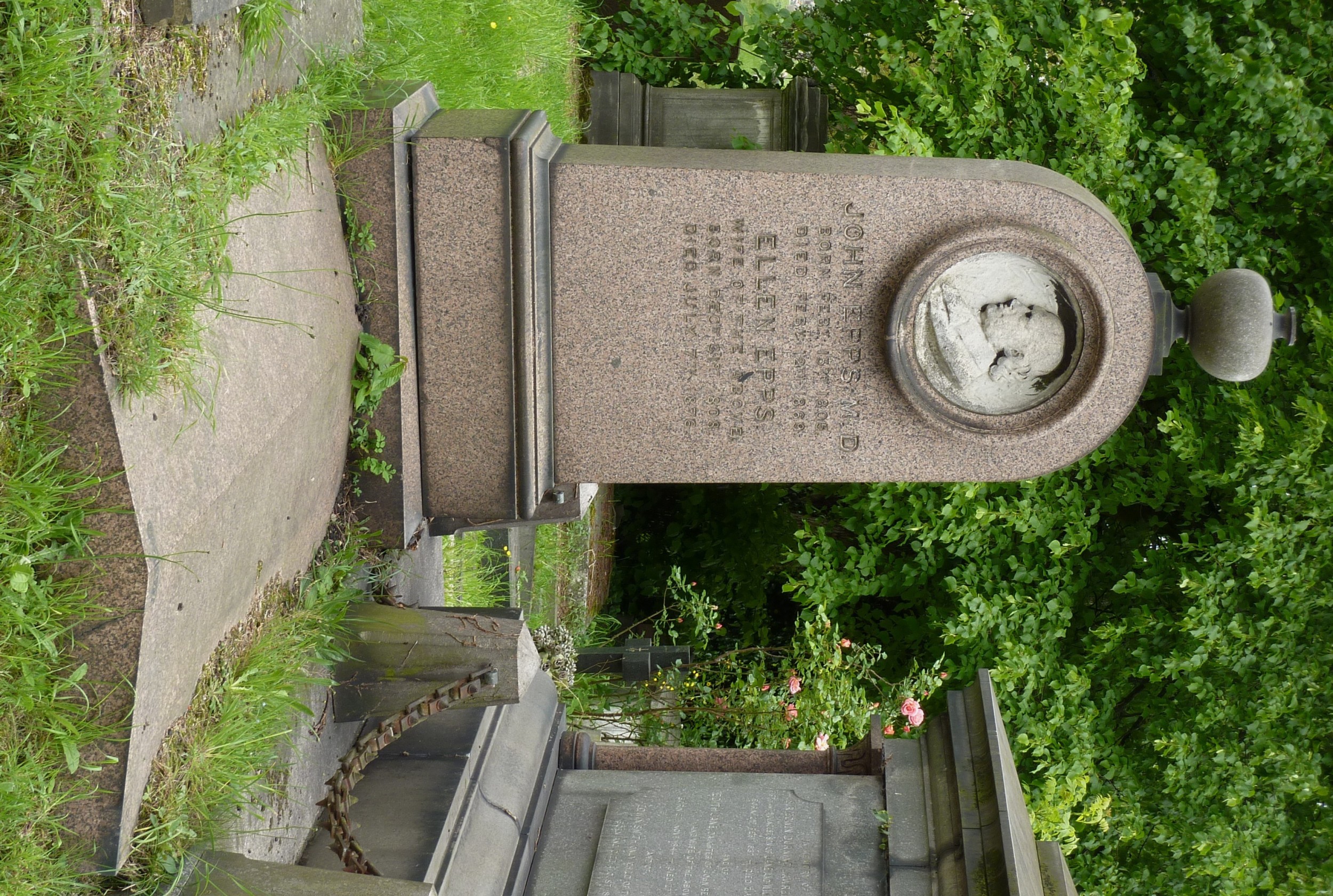|
John Isaac Hawkins
John Isaac Hawkins (1772–1855) was an inventor who practised civil engineering. He was known as the co-inventor of the ever-pointed pencil, an early mechanical pencil, and of the upright piano. Early life Hawkins was born 14 March 1772 at Taunton, Somerset, England,R. L. Tafel, ''Documents Concerning Swedenborg'', p. 1217 the son of Joan Wilmington and her husband Isaac Hawkins, a watchmaker. The father, Isaac Hawkins, would become a Wesleyan minister, but was expelled by John Wesley; and after moving the family to Moorfields in London he was a minister in the Swedenborgian movement, which John Isaac would also follow. John Isaac emigrated to the United States about 1790, attending the College of New Jersey, where he studied medicine and later, chemical filtration. Hawkins married in New Jersey, and was living at Bordentown and Philadelphia. In his own account, he was influenced by work of Georg Moritz Lowitz to try charcoal for filtration purposes, and ran an exhibition on ... [...More Info...] [...Related Items...] OR: [Wikipedia] [Google] [Baidu] |
Patent Agent
A patent attorney is an attorney who has the specialized qualifications necessary for representing clients in obtaining patents and acting in all matters and procedures relating to patent law and practice, such as filing patent applications and oppositions to granted patents. The term is used differently in different countries, and thus may or may not require the same legal qualifications as a general legal practitioner. The titles patent agent and patent lawyer are also used in some jurisdictions. In some jurisdictions the terms are interchangeable, while in others the latter is used only if the person is qualified as a lawyer. Qualification regimes In Europe, requirements for practising as patent attorney before national patent offices should be distinguished from those needed for practising before the European Patent Office (EPO) or the Eurasian Patent Office (EAPO). On the national level, the requirements are not harmonized, although across the 27 Member States of the Europ ... [...More Info...] [...Related Items...] OR: [Wikipedia] [Google] [Baidu] |
Grand Piano
The piano is a stringed keyboard instrument in which the strings are struck by wooden hammers that are coated with a softer material (modern hammers are covered with dense wool felt; some early pianos used leather). It is played using a keyboard, which is a row of keys (small levers) that the performer presses down or strikes with the fingers and thumbs of both hands to cause the hammers to strike the strings. It was invented in Italy by Bartolomeo Cristofori around the year 1700. Description The word "piano" is a shortened form of ''pianoforte'', the Italian term for the early 1700s versions of the instrument, which in turn derives from ''clavicembalo col piano e forte'' (key cimbalom with quiet and loud)Pollens (1995, 238) and ''fortepiano''. The Italian musical terms ''piano'' and ''forte'' indicate "soft" and "loud" respectively, in this context referring to the variations in volume (i.e., loudness) produced in response to a pianist's touch or pressure on the keys: the grea ... [...More Info...] [...Related Items...] OR: [Wikipedia] [Google] [Baidu] |
Thomas Jefferson
Thomas Jefferson (April 13, 1743 – July 4, 1826) was an American statesman, diplomat, lawyer, architect, philosopher, and Founding Fathers of the United States, Founding Father who served as the third president of the United States from 1801 to 1809. He was previously the nation's second vice president of the United States, vice president under John Adams and the first United States Secretary of State, United States secretary of state under George Washington. The principal author of the United States Declaration of Independence, Declaration of Independence, Jefferson was a proponent of democracy, republicanism, and individual rights, motivating Thirteen Colonies, American colonists to break from the Kingdom of Great Britain and form a new nation. He produced formative documents and decisions at state, national, and international levels. During the American Revolution, Jefferson represented Virginia in the Continental Congress that adopted the Declaration of Independence. As ... [...More Info...] [...Related Items...] OR: [Wikipedia] [Google] [Baidu] |
Pianoforte
The piano is a stringed keyboard instrument in which the strings are struck by wooden hammers that are coated with a softer material (modern hammers are covered with dense wool felt; some early pianos used leather). It is played using a keyboard, which is a row of keys (small levers) that the performer presses down or strikes with the fingers and thumbs of both hands to cause the hammers to strike the strings. It was invented in Italy by Bartolomeo Cristofori around the year 1700. Description The word "piano" is a shortened form of ''pianoforte'', the Italian term for the early 1700s versions of the instrument, which in turn derives from ''clavicembalo col piano e forte'' (key cimbalom with quiet and loud)Pollens (1995, 238) and ''fortepiano''. The Italian musical terms ''piano'' and ''forte'' indicate "soft" and "loud" respectively, in this context referring to the variations in volume (i.e., loudness) produced in response to a pianist's touch or pressure on the keys: the grea ... [...More Info...] [...Related Items...] OR: [Wikipedia] [Google] [Baidu] |
Elizabethtown, New Jersey
Elizabeth Township, also called Elizabethtown, was a township that existed in Essex County, in the U.S. state of New Jersey, from 1664 until 1855. The area was initially part of the Elizabethtown Tract, purchased from the Lenape on October 28, 1664.Snyder, John P''The Story of New Jersey's Civil Boundaries: 1606-1968'' Bureau of Geology and Topography; Trenton, New Jersey; 1969. p. 238. Accessed November 3, 2012. Elizabeth-Town Township was formed on October 31, 1693, while the area was still within Essex County. Elizabeth was incorporated as one of New Jersey's initial 104 townships by the Township Act of 1798 Act of the New Jersey Legislature on February 21, 1798. Portions of the township were taken to form Westfield Township (January 27, 1794), Springfield Township (April 14, 1794), Rahway Township (February 27, 1804) and Clinton Township (April 14, 1834). On March 13, 1855, the City of Elizabeth The City of Elizabeth was a local government area located in the northern ... [...More Info...] [...Related Items...] OR: [Wikipedia] [Google] [Baidu] |
Rahway, New Jersey
Rahway () is a city in southern Union County, in the U.S. state of New Jersey. A bedroom community of New York City, it is centrally located in the Rahway Valley region, in the New York metropolitan area. The city is southwest of Manhattan and west of Staten Island. Built on the navigable Rahway River, it was an industrial and artisanal craft city for much of its history. The city has increasingly reinvented itself in recent years as a diverse regional hub for the arts. As of the 2010 United States Census, the city's population was 27,346,DP-1 - Profile of General Population and Housing Characteristics: 2010 Demographic Profile Data for Rahway city, Union County, New Jersey [...More Info...] [...Related Items...] OR: [Wikipedia] [Google] [Baidu] |
Anthropological Society Of London (phrenology)
Dr John Epps (15 February 1805 – 12 February 1869) was an English physician, phrenologist and homeopath. He was also a political activist, known as a champion of radical causes on which he preached, lectured and wrote in periodicals. Life Early years and education Epps, the eldest son of John Epps (see Epps family), was born into a Calvinist family in Sevenoaks, Kent on 15 February 1805. George Napoleon Epps was his half-brother. Epps became disillusioned with the religious atmosphere of his childhood. After education at a dissenting academy and then Mill Hill School (near Hendon), he served an apprenticeship to an apothecary of the name of Dury or Durie. In 1824, at the age of 18, Epps went to Edinburgh to study medicine, and in 1827 graduated at the age of 21. He conceived of medicine as 'a tool of liberation for the poor and lower classes'. Medical practitioner and lecturer After graduating Epps moved back to London where he began to practice, eventually settling in Great ... [...More Info...] [...Related Items...] OR: [Wikipedia] [Google] [Baidu] |
Isambard Kingdom Brunel
Isambard Kingdom Brunel (; 9 April 1806 – 15 September 1859) was a British civil engineer who is considered "one of the most ingenious and prolific figures in engineering history," "one of the 19th-century engineering giants," and "one of the greatest figures of the Industrial Revolution, hochanged the face of the English landscape with his groundbreaking designs and ingenious constructions." Brunel built dockyards, the Great Western Railway (GWR), a series of steamships including the first propeller-driven transatlantic steamship, and numerous important bridges and tunnels. His designs revolutionised public transport and modern engineering. Though Brunel's projects were not always successful, they often contained innovative solutions to long-standing engineering problems. During his career, Brunel achieved many engineering firsts, including assisting in the building of the first tunnel under a navigable river (the River Thames) and the development of the , the first ... [...More Info...] [...Related Items...] OR: [Wikipedia] [Google] [Baidu] |
Thames Tunnel
The Thames Tunnel is a tunnel beneath the River Thames in London, connecting Rotherhithe and Wapping. It measures 35 feet (11 m) wide by 20 feet (6 m) high and is 1,300 feet (396 m) long, running at a depth of 75 feet (23 m) below the river surface measured at high tide. It is the first tunnel known to have been constructed successfully underneath a navigable river and was built between 1825 and 1843 by Marc Brunel and his son Isambard using the tunnelling shield newly invented by the elder Brunel and Thomas Cochrane. The tunnel was originally designed for horse-drawn carriages, but was mainly used by pedestrians and became a tourist attraction. In 1869 it was converted into a railway tunnel for use by the East London line which, since 2010, is part of the London Overground railway network under the ownership of Transport for London. History and development Construction At the start of the 19th century, there was a pressing need ... [...More Info...] [...Related Items...] OR: [Wikipedia] [Google] [Baidu] |
Institution Of Civil Engineers
The Institution of Civil Engineers (ICE) is an independent professional association for civil engineers and a charitable body in the United Kingdom. Based in London, ICE has over 92,000 members, of whom three-quarters are located in the UK, while the rest are located in more than 150 other countries. The ICE aims to support the civil engineering profession by offering professional qualification, promoting education, maintaining professional ethics, and liaising with industry, academia and government. Under its commercial arm, it delivers training, recruitment, publishing and contract services. As a professional body, ICE aims to support and promote professional learning (both to students and existing practitioners), managing professional ethics and safeguarding the status of engineers, and representing the interests of the profession in dealings with government, etc. It sets standards for membership of the body; works with industry and academia to progress engineering standards a ... [...More Info...] [...Related Items...] OR: [Wikipedia] [Google] [Baidu] |
Gregor MacGregor
General Gregor MacGregor (24 December 1786 – 4 December 1845) was a Scottish soldier, adventurer, and confidence trickster who attempted from 1821 to 1837 to draw British and French investors and settlers to "Poyais", a fictional Central American territory that he claimed to rule as "Cazique". Hundreds invested their savings in supposed Poyaisian government bonds and land certificates, while about 250 emigrated to MacGregor's invented country in 1822–23 to find only an untouched jungle; more than half of them died. Seen as a contributory factor to the "Panic of 1825", MacGregor's Poyais scheme has been called one of the most brazen confidence tricks in history. From the Clan Gregor, MacGregor was an officer in the British Army from 1803 to 1810; he served in the Peninsular War. He joined the republican side in the Venezuelan War of Independence in 1812, quickly became a general and, over the next four years, operated against the Spanish on behalf of both Venezuela and its ... [...More Info...] [...Related Items...] OR: [Wikipedia] [Google] [Baidu] |








.jpg)